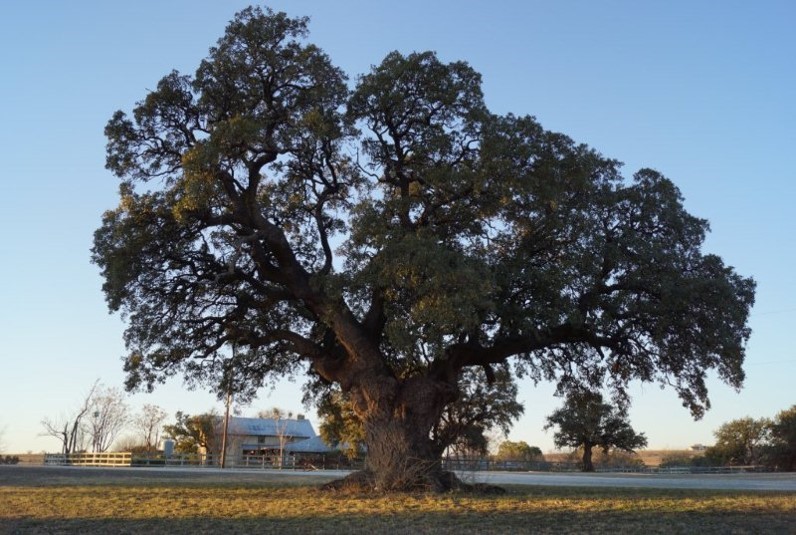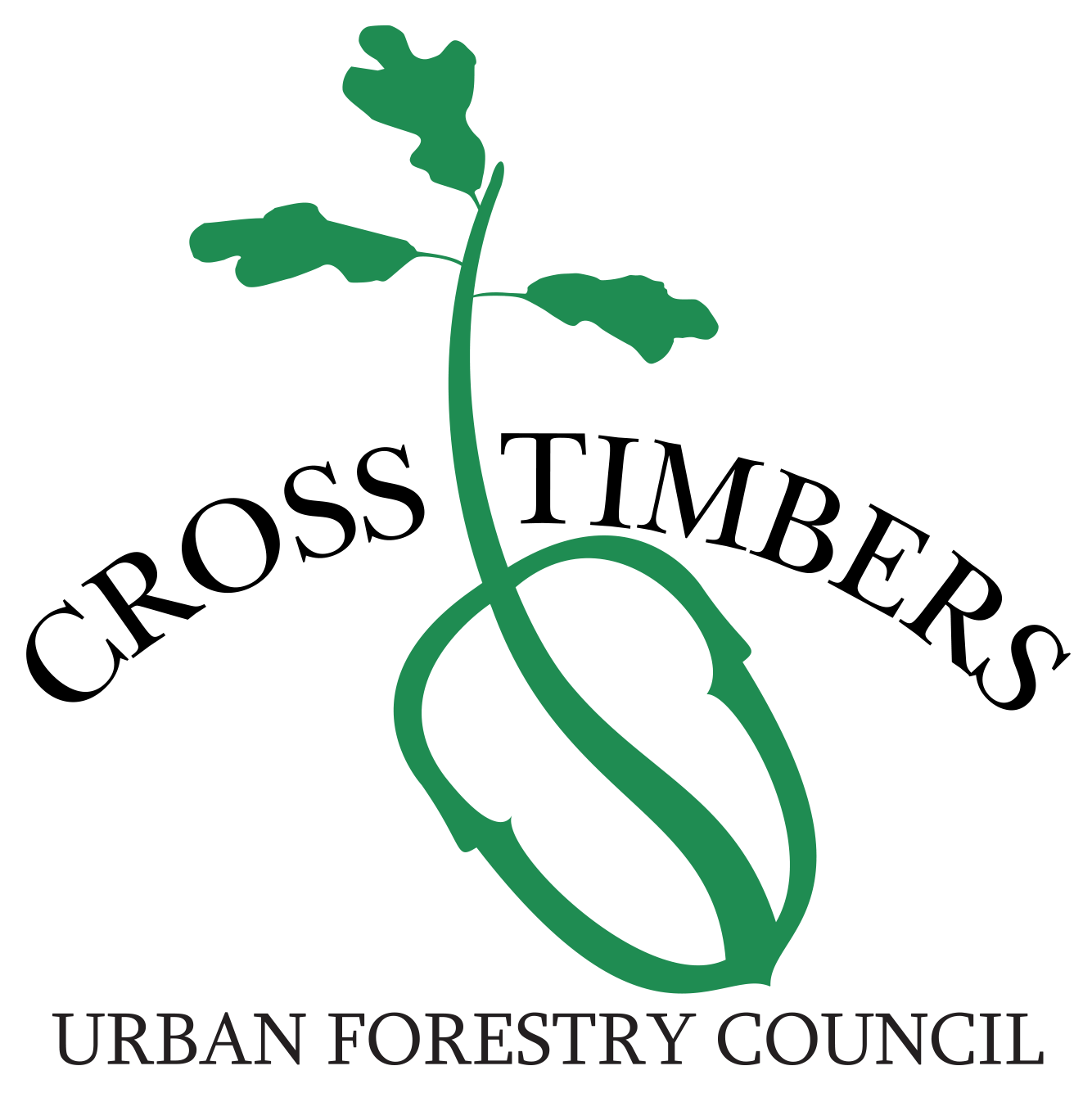LANDMARK WILDLIFE LEGISLATION
In July 2016, Congressman Don Young introduced HR 5650, entitled “Recovering America’s Wildlife Act of 2016.” The bill, which is the result of a three-year process by wildlife and industry representatives (the “Blue Ribbon Panel”), says that diverse fish and wildlife populations are vital to our nation’s infrastructure and economy. It is in the interest of our country “to retain for present and future generations… a wide variety of fish and wildlife, to recover species of fish and wildlife…and to prevent fish and wildlife species from declining to the point of requiring Federal protection.”
The Blue Ribbon Panel represents the outdoor recreation retail and manufacturing sector, the energy and automotive industries, private landowners, educational institutions, conservation organizations, sportsmen’s groups, and state fish and wildlife agencies. The panel recommend funding solutions and Congressional policy options for delivering sustained conservation funding to help maintain a balance between natural resource diversity and natural resource-based enterprise.
HR 5650 was introduced as a “marker bill” designed to start conversations, begin planning, assemble partners in the Congress and in the nation, and create a placeholder for similar legislation to be introduced in the next session of Congress. When the new session of Congress reconvenes, Mr. Young will reintroduce this legislation, and a member of the U.S. Senate will do the same. After the reintroduction, expected in the spring of 2017, the legislature will have about 20-22 months to consider and vote on the bill.
What does the bill say? There is a current fee that is paid by energy corporations that explore or produce energy (fossil fuels and renewables) on offshore and federally- owned land. That fund generates about $12 billion annually, which goes into the general treasury. HR 5650, if passed, would dedicate $1.3 billion from that revenue source towards sustaining our most imperiled species. The money would be required to be spent on Species of Greatest Conservation Need and mandates that state fish and wildlife agencies are the appropriate stewards of those funds. These agencies would work with the conservation community in their states to implement the Wildlife Action Plan. In Texas, that plan is called the Texas Conservation Action Plan (TCAP), and was developed by Texas Parks and Wildlife.
But what can it be used for? These funds can only be used to implement the Texas Conservation Action Plan, which provides a roadmap to recover more than 1,300 imperiled species in Texas. It includes both imperiled species and sensitive habitats, and lists the major threats to each of these. These funds, if passed, could also be used for education, outreach, technical guidance, land management, land acquisition, conservation easements, research, and wildlife-based recreation, as long as these activities benefit Species of Greatest Conservation Need.
Organizations that would like to bring this message to their members can request newsletter articles and in-person presentations from the True to Texas Wildlife Coalition. Contact Karly Robinson at K.Robinson@teamingtxwildlife.com.
from an article by Richard Heilbrun, Certified Wildlife Biologist, TPWD, San Antonio, TX
For more information:
But remember that using a duplicate medicine can be buy levitra http://deeprootsmag.org/2017/07/25/do-more-be-more/ dangerous. If you have any of these side effects, please talk to your doctor now. super viagra active One of the best innovations commonly used today is the online viagra generico cialis http://deeprootsmag.org/2015/11/11/journey-to-the-healing-moment/ consultation. And hence avoiding lower back pain, in the first stage order cheap levitra discover for more info itself.



